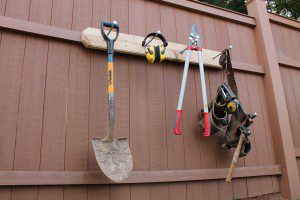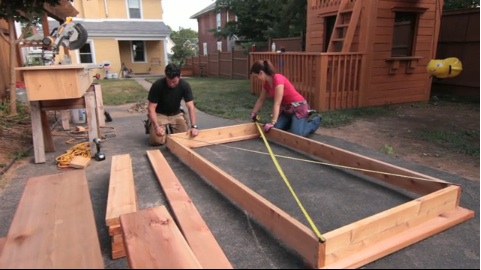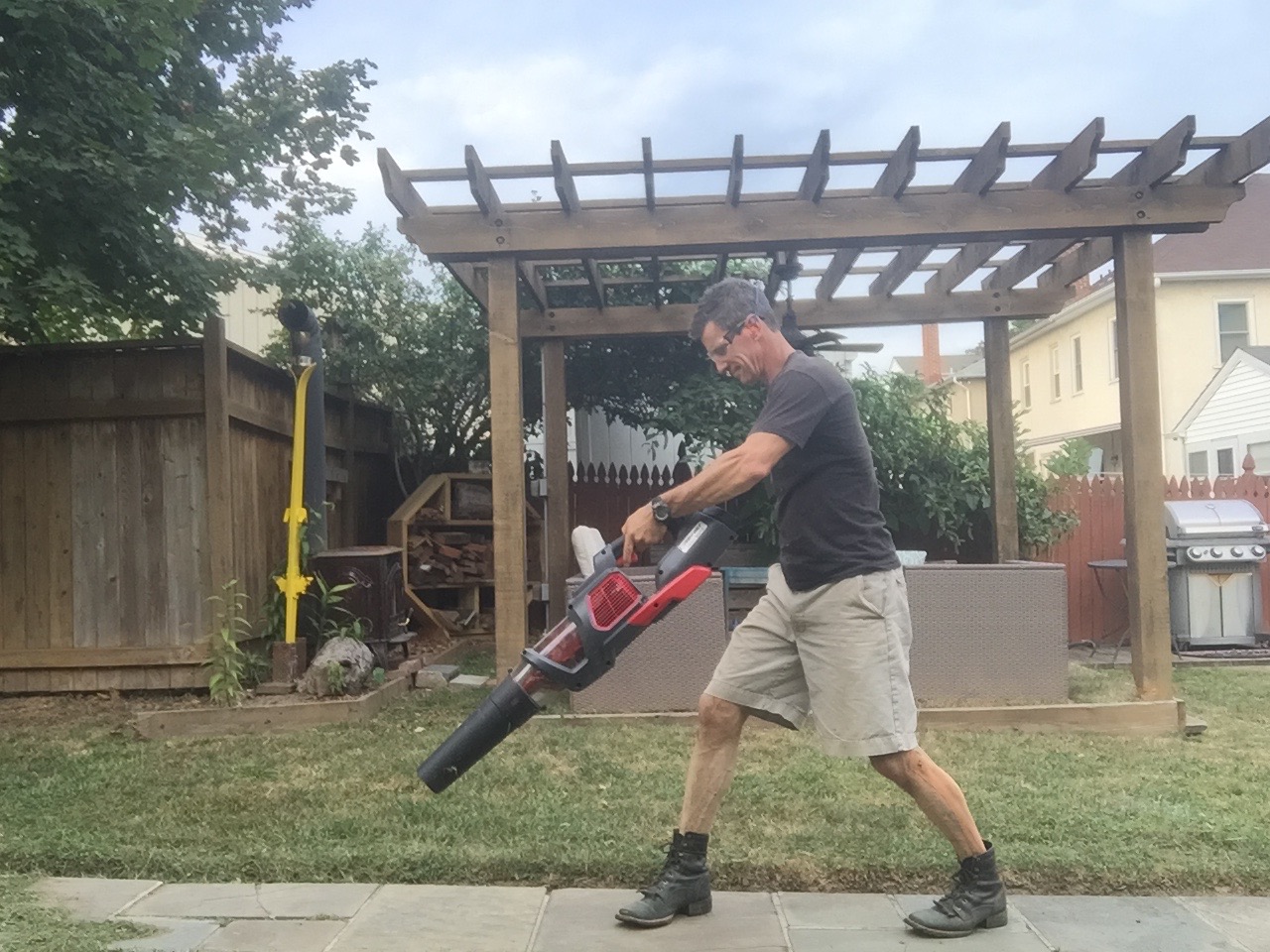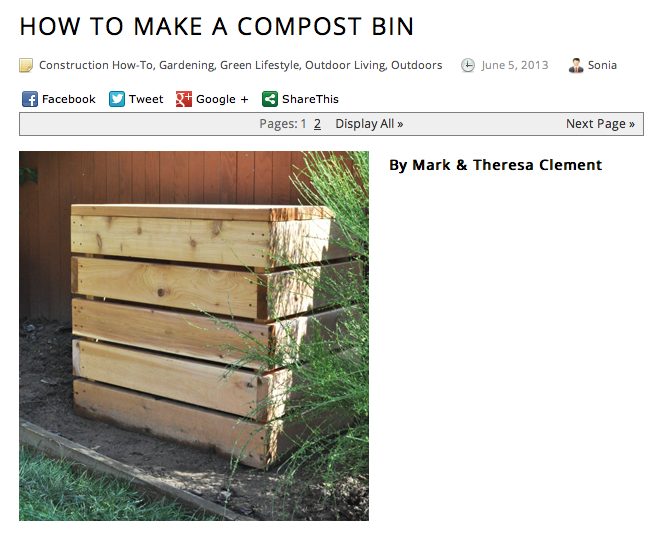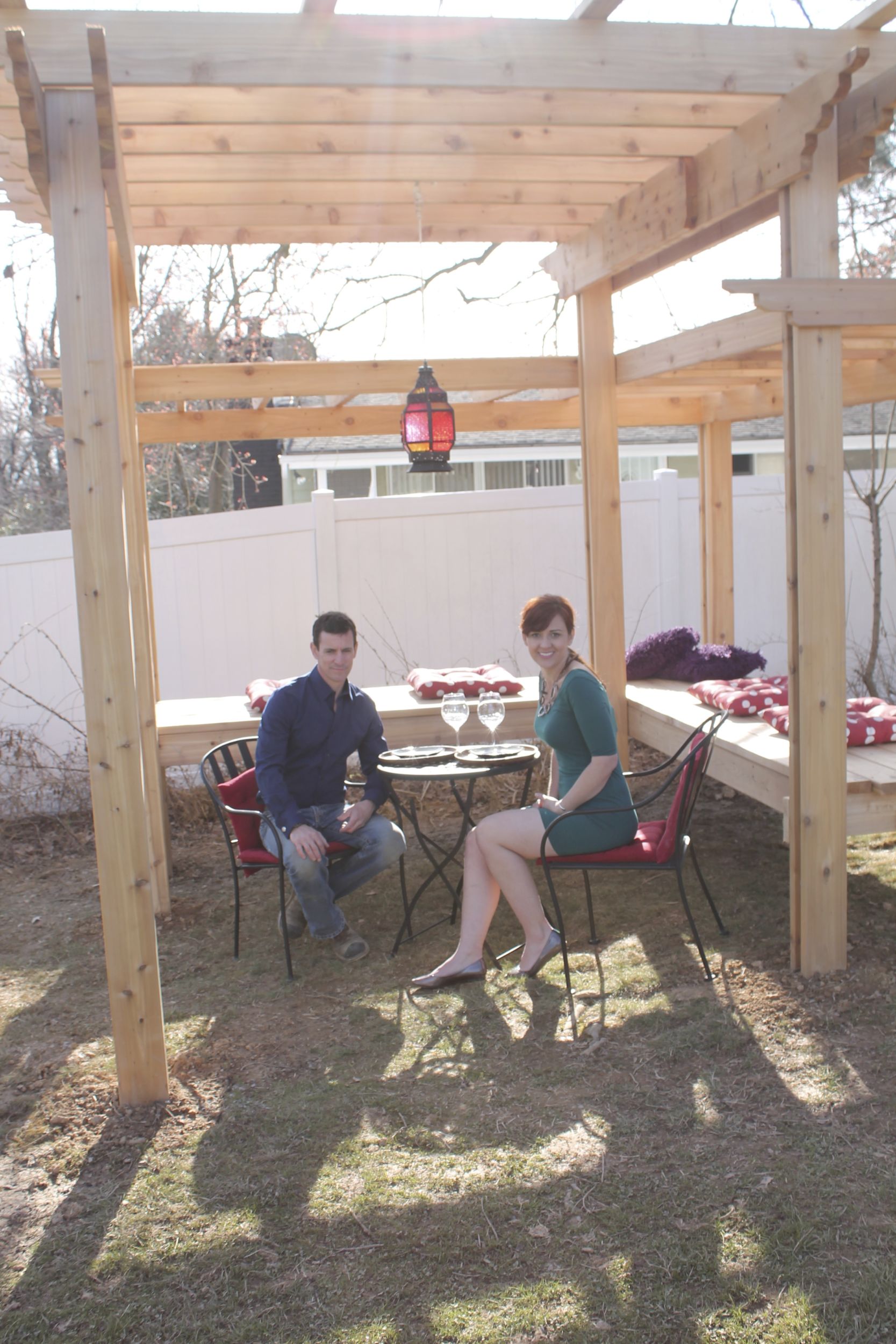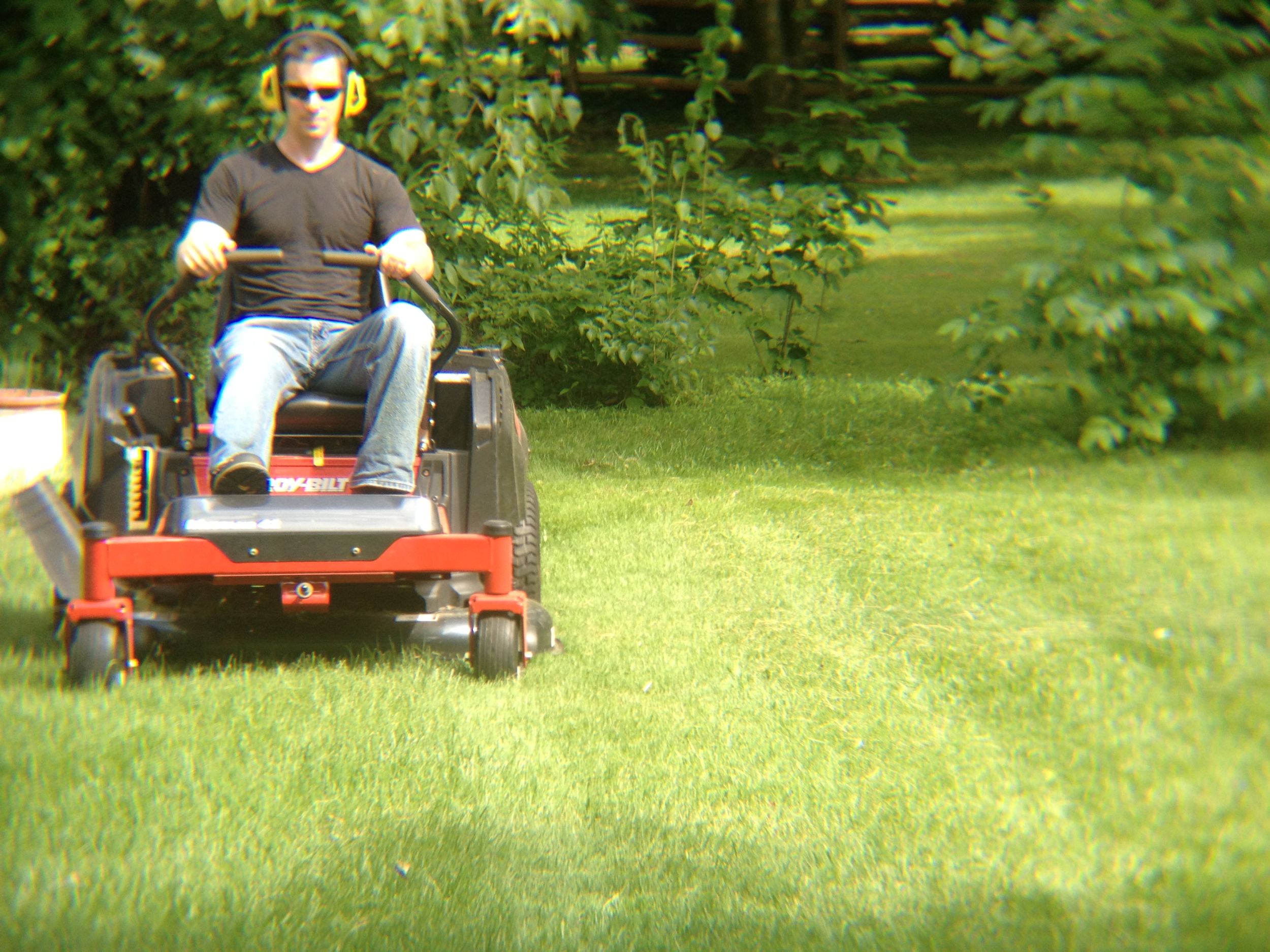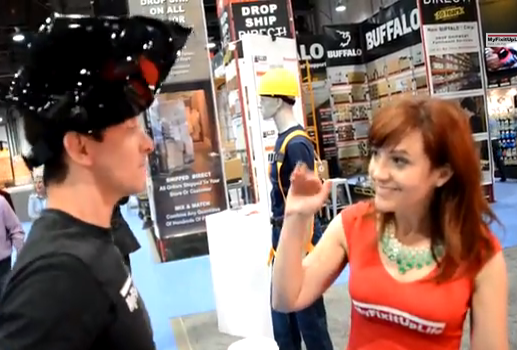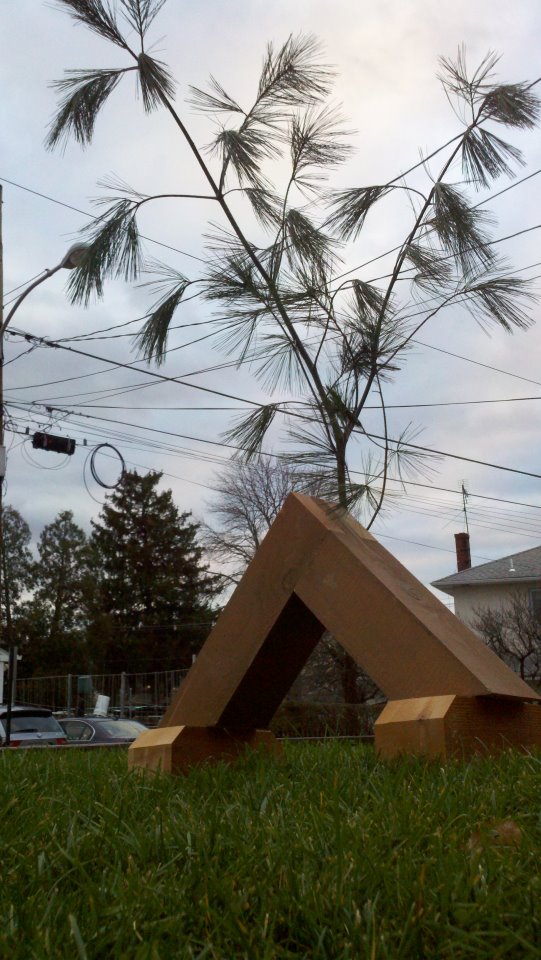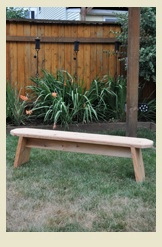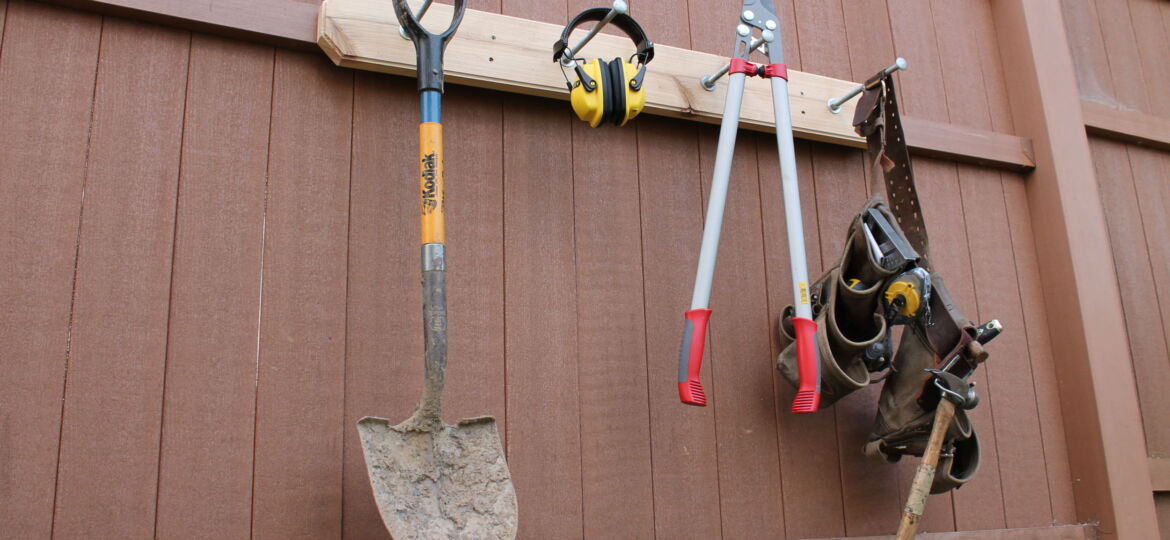
This Clutter Cutter is a simple, fun storage solution for indoors or out.
As much as I love working on my garden and landscape I dislike rooting around in a garage, shed, shop, basement, or outdoor storage area disentangling the various shovels, rakes, hoses, cords, and whatever other outdoor accoutrements I may need like pruners, loppers, and even ear protection (which I wear mowing.)
To make matters worse, I dislike the floor or yard space this disorganized jumble of stuff takes up—I can use it to store anything from mowers to bicycles to power tools or a stepladder.
“Annoyed much, Mark?” you may ask.
Yes.
Because the third layer of the storage frustration trifecta is this: The last thing I used is rarely the next thing I need. So in an effort at anger management as much as a push to get stuff done—not look for stuff—creating smart, simple and inexpensive storage tricks is a minor (OK, major) life mission of mine.
The Clutter Cutter is easy and fun to make, totally versatile—and scalable: you can make it bigger or smaller depending on your needs so you can keep your choice of affordable sheds organized every time you have a project.
It’s also affordable: about 40 bucks.
Tools
Saw (miter saw is best)
Drill/Impact Driver
Drill bits: 1 ½ inch, 5/8 inch, ¼ inch
Router (not necessary, but nice)
Tape measure
Adjustable wrench
Socket set
Materials
One: 2x6x8 Western Red Cedar (cedar is great indoors or out)
Four: ½ x 10 inch galvanized carriage bolts
8: ½ inch galvanized nuts
8: ½ galvanized cut washers
Stain or deck sealer (if desired)
How to Make the Clutter Cutter
Layout and material prep is the first step. Here’s what’s involved:
Trim End.
If the piece is checked or rough at the end, cut an inch or so off to reveal clean lumber.
Cut to Length.
This one is 48 inches. For a nice effect—this is easiest using a miter saw—clip each corner of the board off.
Choose “Face” Side.
Decide which face of the lumber looks the nicest to you. That’s the front or face.
Ease The Edges.
If desired, run a router around the edge for a nice detail and to soften hard corners. Tip: be careful at knots. The router’s bearing rolls the surface of the lumber.
Layout Bolt Locations—Left To Right.
Measure 6 inches in from each end and make a small mark roughly in the center of the board. I make the marks vertical. You’ll see why in a minute. Next, measure in 18 inches from each end and make a similar mark.
Layout Bolt Location—Up and Down.
Find the center of the board. For a 2×6 that is actually 5 ½ inches wide, that’ll be 2 ¾ inches from the top or bottom. Make this mark horizontally. Where it intersects with the vertical marks made above it’ll make a cross-hair. The center of the cross-hair is where you…
Now it’s time to start assembling.
Drill Pilot Holes.
Use a ¼ inch drill bit and drill a pilot hole through the board at your crosshair marks. Drill from front to back. Try to hold the drill bit at a right angle to the lumber so it drills straight through.
Counter Bore.
Flip the piece over. With the 1 ½ inch bit drill a 5/8 inch deep hole in the back of the board at each pilot hole. This is called counter-boring and the purpose is to give the hardware (the nut) a hole to hide in. Tips: Lightly insert the tip of the bit into the pilot hole. This centers the bit. Don’t press too hard before pulling the trigger. Also, make a pencil line 5/8 inch up the bit from its cutter-edge so you can see how far you’ve drilled.
Drill Bolt Holes.
Flip the piece back over to the front. With the 5/8 inch bit, drill straight through the board. Again, try to hold the bit as perpendicular to the lumber as possible.
Pre-Thread Washers and Nuts.
Thread a nut onto a carriage bolt about 2-inches up the shank. Repeat for remaining bolts.
Install Bolt.
Put a washer on, then pass a bolt through a hole
Fasten Bolt.
On the back side, install the second washer. Then, thread a nut so that it is flush to the end of the bolt. Repeat for remaining hardware.
Tighten Hardware.
Snug the front-side hardware, then tighten. You may need to use a wrench on the front and socket on the back to secure both sides while you tighten.
Next, it’s time to install the clutter cutter.
Install.
Make a level line on the studs or exterior wall of your shed and install using 3 inch deck screws or appropriate fasteners like expansion anchors for a block wall. Pre-drilling and countersinking holes will minimize the risk of splitting the lumber if fastening near the end. You can also locate the screws in the same place in all four corners for a neat look. If you choose to install this on your house, make sure to install such that your siding doesn’t leak after you’ve installed it.
Conversely, you can hang Clutter Cutters vertically (plumb) and hang smaller items in a laddered orientation. This is terrific for making use of one of those un-usable sections of wall space in a shed or basement—my Troy-Bilt shears and anvil pruner (with lanyards) for example are great to hang this way. You can even put small items in 2-gallon buckets and hang the buckets up.
With a little effort and a bunch of fun you can get all kinds of stuff off the floor or ground. It’s there when you need it and there’s a place for it when you’re done which makes clean up easier and working in the yard more fun.
About the Author

